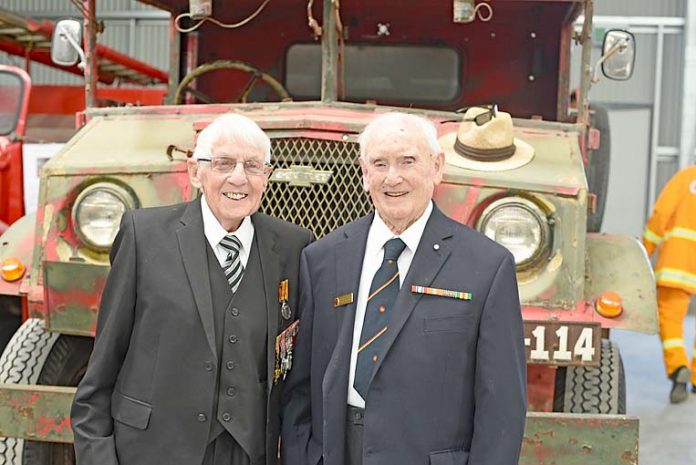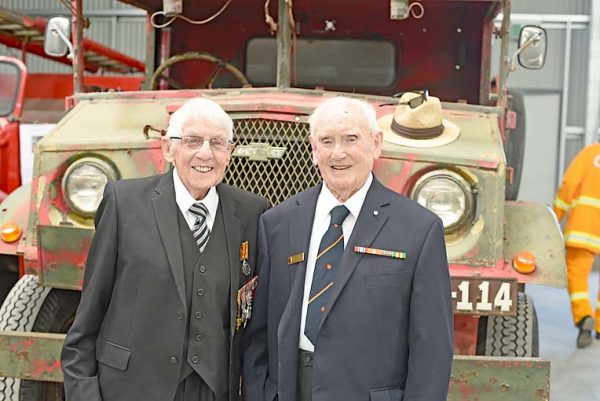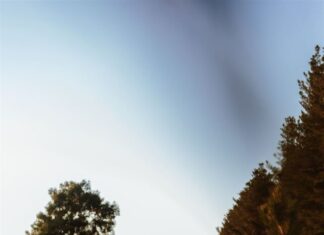

THE long-awaited opening of the South Australia Volunteer Firefighter Museum – held on the 37th anniversary of Ash Wednesday – was a sombre occasion for attendees, but held a special place in the hearts of two men.
Former Country Fire Service (CFS) volunteers Lloyd Johns and Murray Sherwell were among the hundreds to attend the opening of the Naracoorte museum, which pays homage to state’s firefighting history.
Between the two men they have clocked up more than 100 years of service to the emergency service, with Mr Johns spending six years at the organisation’s helm as CFS director.
Mr Johns came to South Australia in 1979 to start his tenure and halfway through his service was faced with the devastating 1983 fires.
“It was a hard and trying time which is why we attended the museum opening,” Mr Johns said.
“Murray, my trusted resource down here in the South East did a fantastic job on the day.
“He was using a high frequency radio and his messages were skipping to Queensland and the amateur radio person in Queensland was picking up the messages on the radio and giving them to us over the landline.”
Years of severe drought and extreme weather combined on February 16, 1983 to create one of Australia’s worst fire days in a century.
More than 180 fires fanned by winds of up to 110kph caused widespread destruction across Victoria and South Australia, resulting in 75 deaths – 47 in Victoria and 28 South Australians.
Of the deaths, 17 were volunteer firefighters – three of whom served with the CFS.
Mr Johns described the day as mayhem.
“But that is what we were there for,” he said.
Mr Sherwell was deeply affected by the fires and was unable to speak publicly on the events for more than 20 years.
“After Ash Wednesday, I could not watch television,” he said.
“21 years later, I was approached by the ABC and they were able to convince me to speak about it.
“We still go through the pains of it, but here we are.”
Mr Sherwell became a firefighter at the age of 16 and was recruited to South Australia by the then Emergency Fire Services director.
“I became the organiser and visionary and at that particular time the South Australian Government was broke and appointed six or seven volunteer regional officers of which I am the last left.”
Mr Sherwell said during his service, those under the CFS received no reimbursements or payments.
“We were even wearing the police uniforms because the emergency services was very involved with the police department at that time,” he said.
“Once we became the CFS we had to convince the public the new organisation were there to help them.
“It was not easy, but we had a wonderful support group.”
The pair said despite the heartache and devastation, health effects and losses during their CFS careers, they would do it all over again in a heartbeat.
“The fire service gave me a very serious back injury which resulted in me only having about 5pc of smell and 45pc of taste,” Mr Johns said.
“I am also going deaf because I would stand by the pumps for so long yelling at everyone.
“If I had have known that this was going to happen when I joined the service I would have joined all over again.”
Mr Johns said although the organisation has had changes in equipment and uniform, the spirit of the firefighters is enduring.
“The volunteer fire service will never change and they will always get up the next day even though they are exhausted and just get on with it,” he said.
“The spirit of the volunteers is something that must go on because we are too big of a country with too few resources for us to sit back.”





